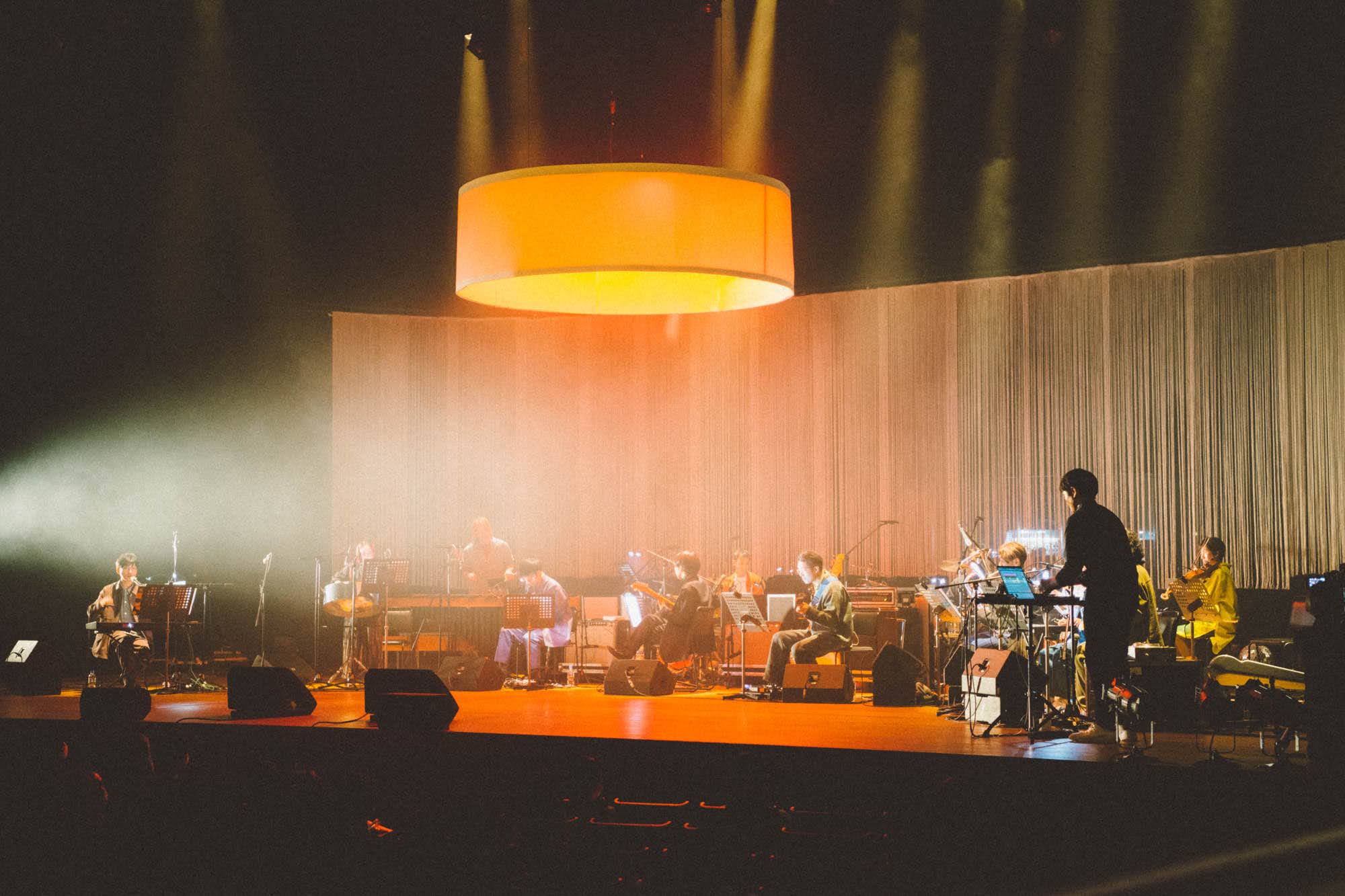4/23 Guest appearance at Orchard Hall concert of Shuta Hasunuma Philharmonic Orchestra
2021 BLOG MUSIC PERFORMANCE
Recent Posts



2021/4/23 I had a unique opportunity to perform as a guest musician at the Orchard Hall concert of Shuta Hasunuma Philharmonic Orchestra.
Shuta Hasunuma and I have known each other for about 13 or 14 years now. I think our first connection was when I released my first (and only) album on a label called PROGRESSIVE FOrM in 2003, and he later released his own album on the same label. Since then, I’ve been following his activities as an individual artist and as his orchestra, and his move to New York.
Later, from 2019 to 2020, I worked on an AI-based background music generation system for Shiseido’s new store in Ginza. I asked Mr. Hasunuma to supervise the sound of the system and it led to close communication between him and me.
When the project was successfully launched, I remember having a conversation with him, saying, “Now I’d like to create a song using a similar method with you.” And finally, he kindly offered me an opportunity to work with him and his orchestra a few months ago.
For the Shiseido project, we used an AI architecture called LSTM to generate melodies by learning from Hasunuma-san’s past songs and the songs he composed for the project.
This time we need to generate music that can actually be played by musicians; music that sounds more “musical” to our ears. Therefore, we decided to update the system to use the latest architecture, Transformer, and also to use several hundred famous classical piano pieces as training data. In addition, we further fine-tuned the model by training it only with Shuta’s composition.
We generated many melodies in advance with the trained model. Among them, Shuta and I particularly liked this melody. Based on this melody, Shuta himself arranged it for a performance by his orchestra, finished the song.
After several preliminary rehearsals, the day of the performance arrived. Although I hadn’t planned it at the beginning of this project, I decided to take the stage by myself. I played the generated melody live on stage, along with a collage of AI-generated environmental sounds and fragments of other melodies that I had generated but not used in the final composition.



Of course, I was delighted with the audience’s reaction, but my personal highlight was when several members of the Philharmonic told me after the performance that they felt inspired by the idiosyncratic AI-generated melody and that it was a new musical experience. Above all, Mr. Hasunuma’s arrangement was so beautiful.
I would like to express my heartfelt gratitude to Mr. Hasunuma and all the orchestra members for giving me the opportunity. It reminded me of the sheer joy of sharing music and time with other people. Arigato!
Now, after the performance, I am thinking about something else. I am particularly interested in the generated melodies that were not used in the composition this time. Once a music generation model has been trained, it can generate an infinite number of slightly different but still somewhat consistent melodies, as in the following playlist (the melodies were generated based on the same short seed phrase.). Not a single completed song, but countless possibilities of songs…. This is where the seeds for my next work lie.
Recent Posts
Featured Articles